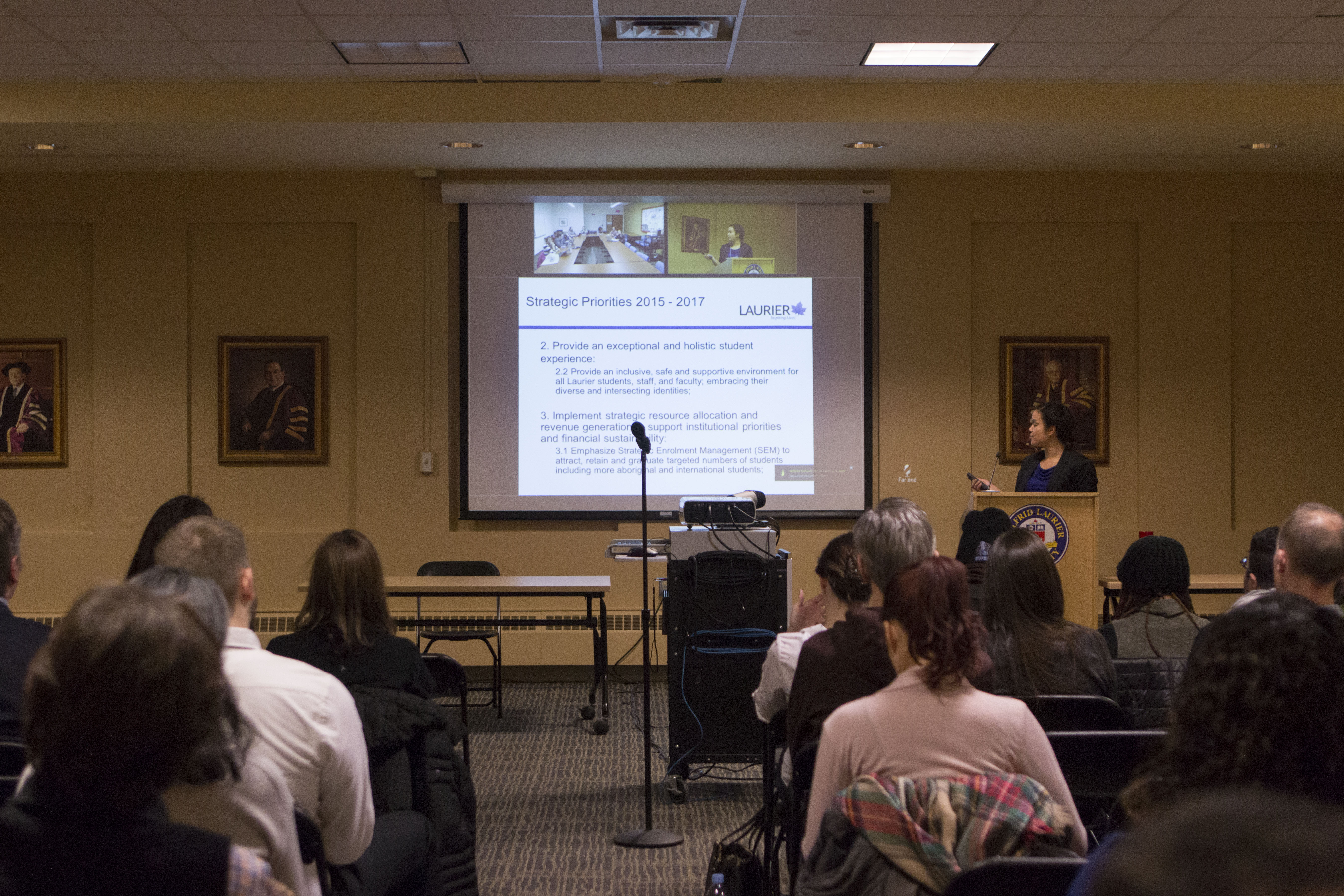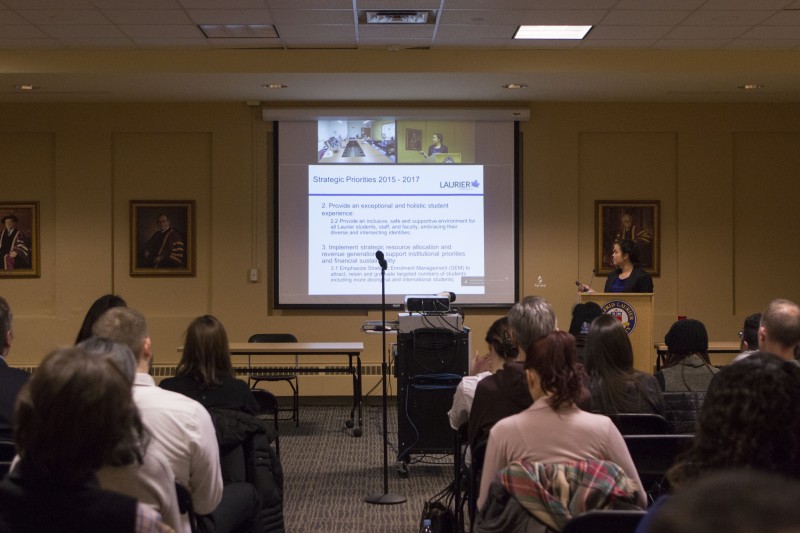SAC hears from community on PM statues

Nine individuals presented to members of the Special Advisory Committee

Student, staff and faculty of Wilfrid Laurier University as well as local community members were invited to speak in front of the special advisory committee for the statue project on January 12.
During the meeting, presenters were solely focused on the fate of the controversial Prime Minister Statue Project. Nine presenters, including Jonathan Finn, the chair of communication studies, voiced their reasons for whether or not the university should continue to host the statues. Of the nine presenters, only one was in favour of the project.
In November, Laurier president and vice-chancellor Max Blouw created the special advisory committee to review several varied opinions associated with the statues project and make a recommendation on how the university should move forward.
Members include representatives of Senate, board of governors and the Diversity and Equity Office, among others. David McMurray, vice-president of student affairs, introduced the purpose of the presentations and said SAC is hoping to achieve a recommendation by February.
“We explained at our first meeting that if it was necessary to hear from more community members or if we just couldn’t reach a conclusion as a group, to provide recommendations that we’ll keep going if we need to,” said Olivia Matthews, Wilfrid Laurier University Students’ Union president and member of SAC.
“I think people are a little burnt out from the statue debate, but I’m really glad that people had the opportunity to come,” said Matthews.
Over the course of two hours, presenters were allowed to ask questions and read letters from faculties and students. Presentations ranged from a series of topics, including the prime ministers’ history with the aboriginal community and what the project would represent for Laurier students, staff and faculty.
During the presentations, Matthews applauded the presenters for bringing the “behind-the-scenes” work from faculties and organizations, particularly the Diversity and Equity Office, into light.
“It was great to hear from some of the faculties who have actually taken the time to do their research, so it’s not just opinion-based anymore it’s research-based as well.”
“I think it’s always valuable to be able to have that sharing and to hear people from different parts of campus,” said Ian Muller, president of the Graduate Students’ Association and also a member of SAC.
Muller said there’s a defined process in terms of additional presentations the committee has to hear.
“I think we want to make sure we hear the bulked weight of all input before we give any indication as to where things might be headed.”
Matthews noted the committee has received numerous emails about the statues which will be taken into account by those who didn’t get the chance to present.
“One of the messages I had submitted to the committee deals with all the meetings I had with students so that their voices aren’t left out of the conversation,” she said.
Although the majority of presentations were directed towards a certain perspective, Matthews believes every perspective should be taken into account when deciding on a recommendation.
“We’re not sure of what the decision will be, but it’s great to hear from the community members and even though there was one outstanding for the project, those words have to be taken into account.”


